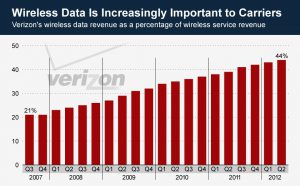The World Has Changed. Everyone is talking about the importance of customer centricity. But they should be actioning quantum customer centricity! Let me explain.
Many people think that customer centricity is the same as customer experience. They’re wrong! At least if they are thinking about the traditional CX model.
As we start a new year, I am celebrating the official launch of the New CX Model Quantum Customer Centricity (QC2™) … Beyond CX. After decades of learning and experimentation, I created QC2™ so that every business can successfully adopt a customer-first strategy, and become more agile, more resourceful, and experience increased market growth.
If you prefer to listen rather than read:
Adopting a Customer-First Strategy is Essential
The CX Index states that 90% of businesses, regardless of the vertical they are operating in, have made CX their primary focus. And research by Gartner concluded that 80% of organizations expect to compete mainly based on CX.
Therefore, you could already have been left behind, unless you’ve started on your journey to increased customer centricity! But there is a big difference between talking about putting the customer first and doing so.
The CEI Survey found that 86% of buyers will pay more for a better customer experience. However, only 1% of customers feel that vendors consistently meet their expectations.
That’s good news for you late adopters, as it means you may still have time to benefit from delivering a better CX experience for your customers, but you must act NOW!
And anyway, why wouldn’t you? The benefits are huge!
According to research, customer-centric companies grow their revenues 4% to 8% faster than their market competitors. Not only that, 79% reported significant cost savings, and 84% increased their revenue.
But how do you optimise your own customer-first strategy, and where do you begin?
Why Traditional CX is Letting You Down Without You Even Knowing It!
Most discussions about customer experience only consider the interaction between the customer and the company. As a result, most effort goes into improving customer service departments and call centres.
Since these departments tend to be either small or even outsourced, changes to them have little impact on how a business works. And unfortunately, they are also rarely of great interest to top management.
The customer journey is often seen as linear and only impacting the different departments at distinct points in time. Even if customer emotions are considered at each touchpoint, which is already an improvement on the usual journey map, it remains limited and static.
In addition, information about the customer may be gathered, but it is rarely shared across departments, let alone integrated for deeper knowledge and understanding of the customer.
All of this has resulted in individual actions being taken without a holistic view of the customer or their experience. That is why so few organisations succeed in delighting the customer with their customer-first strategy adoption.
It’s time for a … Click to continue reading




 TELECOMS now make as much money from selling (geo-localisation) data than they ever did from selling phones and lines.
TELECOMS now make as much money from selling (geo-localisation) data than they ever did from selling phones and lines.
